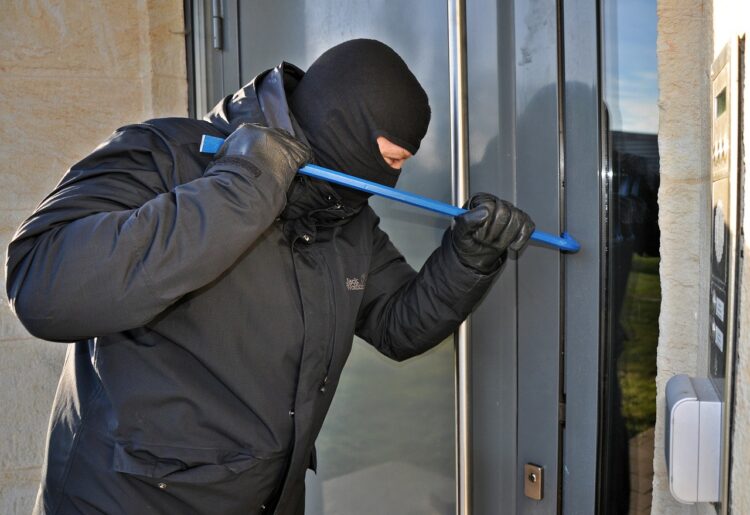
Movies and TV shows often make cat burglars look cool and clever. From Ocean’s 11 to Now You See Me, it’s fun to cheer for the “bad guy” who has a heart of gold. But when it comes to real life—nobody likes the thieves who break into the homes of hard-working people and steal the things they’ve worked so hard to get. So, what makes your home attractive to thieves? Here are the ten most common homes burglars target.
Homes near known offenders.

There isn’t a typical burglar, but neighborhoods with higher drug or crime rates often get targeted more. Criminals know the area well and can spot easy opportunities. Places with many people, like shopping centers, sports venues, or train stations, are also at greater risk since residents are used to seeing strangers around.
Quiet, low-traffic areas.

We’ve all dreamed of having a detached house on a quiet street, but it might not be as perfect as it seems! Homes on the outskirts of neighborhoods are often more at risk because fewer neighbors are around to notice if something fishy is happening. Plus, secluded properties are prime targets for burglars. They let thieves easily scope out the area (and your habits) just by cruising by and slowing down or stopping to turn.
Empty homes.
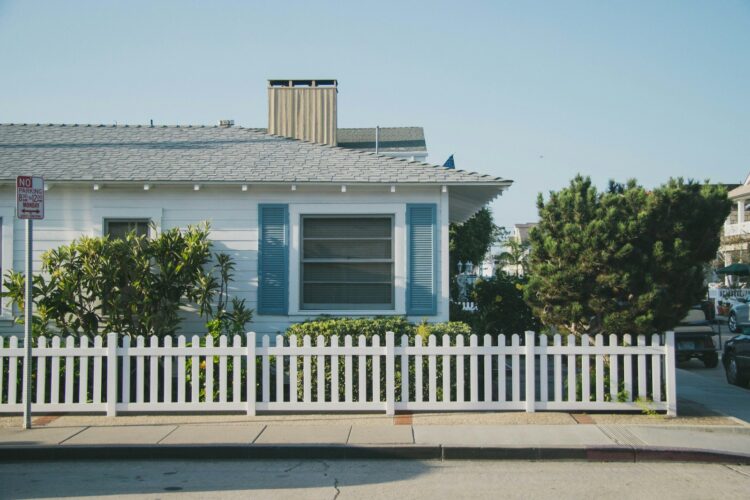
According to ATA’s analysis of FBI data, about 65% of home burglaries happen during the day, with most of them occurring on weekdays. It makes sense—most thieves avoid homes that are occupied or look like they might be, so they love to spot signs that you’re away. Not surprisingly, homes with dogs are targeted less often since they can be a physical threat or at least bark and draw attention to any suspicious activity.
Locations with hiding spots.

How your yard is landscaped, or your house is built can make it appealing to thieves. They love having places to hide! Bushes growing under windows and low-hanging trees are like a thief’s best buddies. On the flip side, they don’t like prickly plants or anything that makes noise, like rocks or gravel. They also target homes with architectural features that make breaking in easier.
Easily accessible entry points.
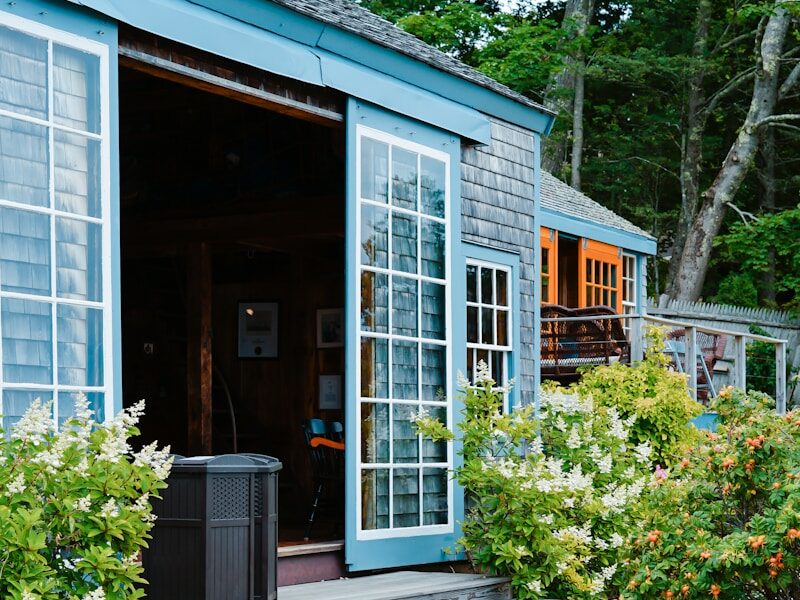
In some neighborhoods, side or back doors are the most common entry points for burglars, while in others, it’s usually the front door. This often depends on the local architecture. No matter the entry point, houses with doors or windows that are easy to break into, like those in bad shape or that are often left unlocked, are more likely to get hit.
Homes with social homeowners.

Burglars often know their targets pretty well. They might be casual acquaintances, like the person who does your nails, your gardener, neighbors, or even friends of friends. These people can pick up on your routines and habits, giving them an advantage. Even someone you know might spill details about your plans, making it easier for thieves to strike when you’re not home.
Previously burglarized homes or those nearby.
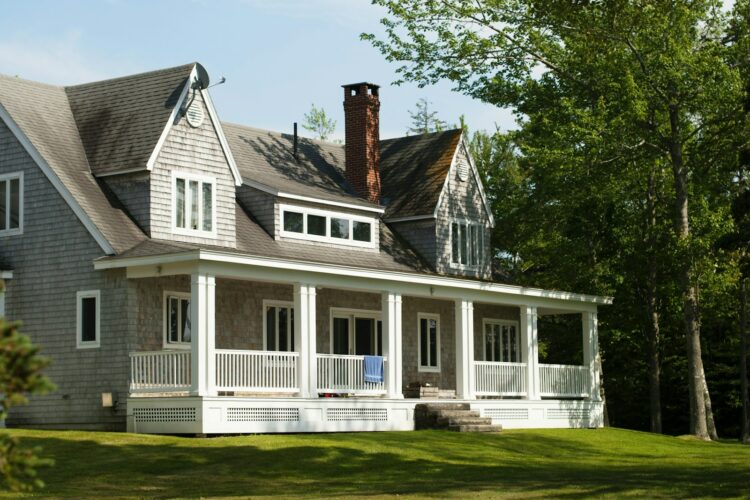
If you’ve already been robbed, there’s a good chance another thief will find your home just as tempting as the first one did—especially if you haven’t added any extra security. Plus, the original thief might return if they weren’t caught the first time because they love the thrill and know exactly what you’ve got. And if they don’t return to you, they might hit up your neighbors instead since they see the area as familiar.
Weak security features.
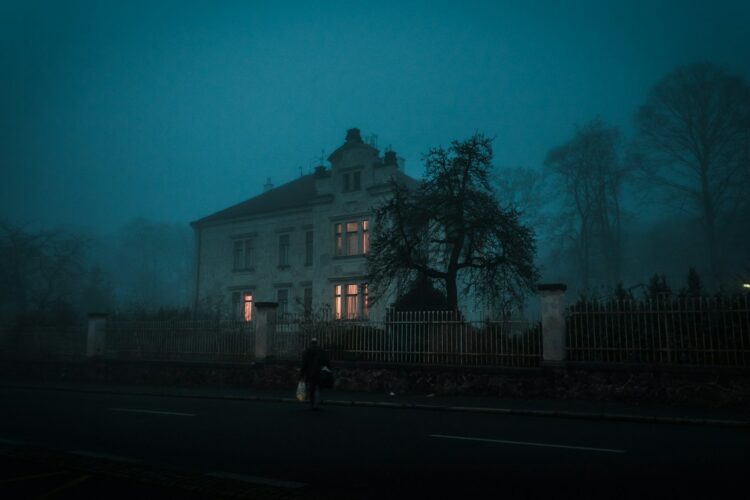
Burglars who like to strike at night usually target homes that aren’t well-lit because it makes it tough for neighbors to spot them. They also target places without security systems—or any kind of active security services—and homes that lack surveillance cameras. The darker and less protected your home is, the more tempting it becomes for these nighttime thieves!
Attractive homes with curb appeal.
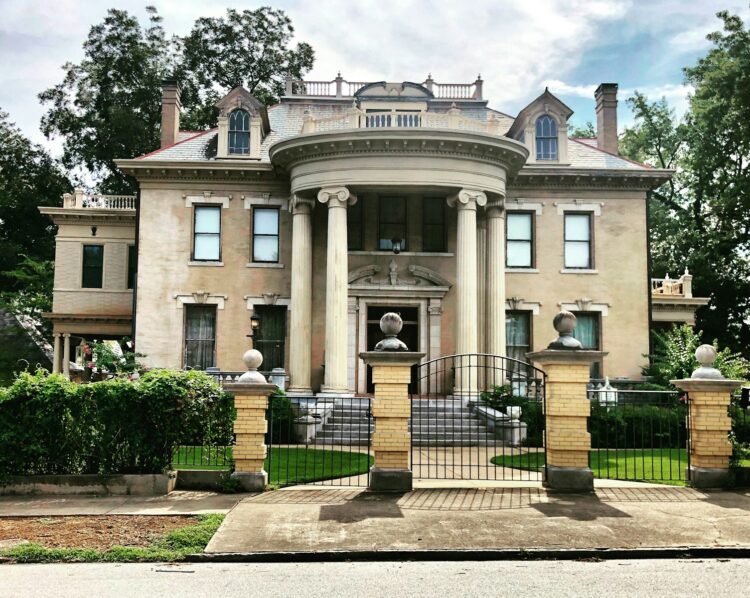
Bigger, well-kept homes that show signs of wealth—like fancy cars parked in the driveway—send a signal to thieves that there could be some good stuff inside. So, if you’re thinking about adding that fancy water feature to your front lawn, you might want to reconsider. It could attract unwanted attention and make your home more appealing to burglars.
Rural or isolated areas.

Burglary rates tend to be higher in rural towns because homes are often more isolated than those in busier areas. These properties are often targeted simply because the nearest town is quite a drive away. This means a thief can sneak in and out without the homeowner or any security company arriving in time to catch them.

